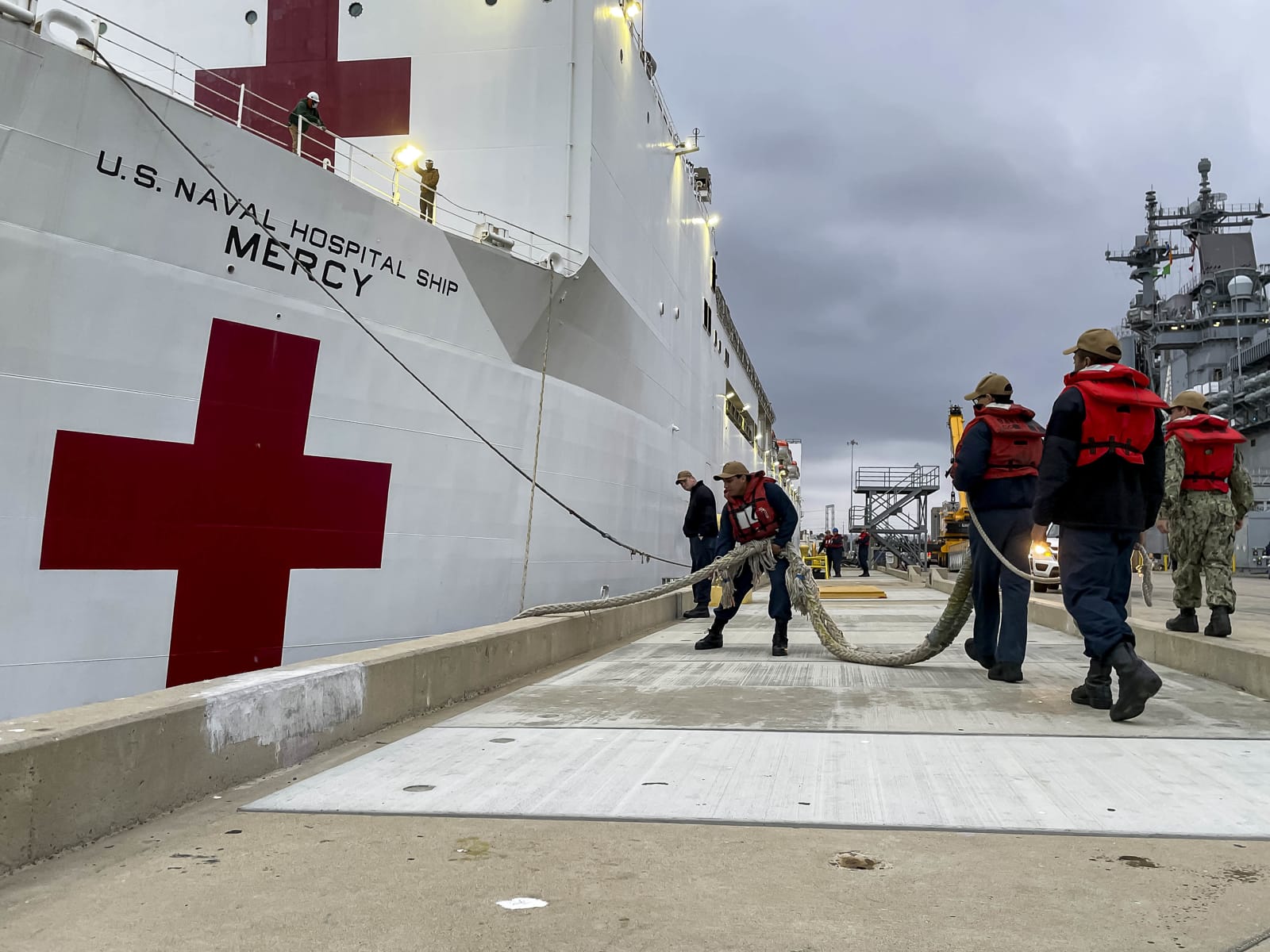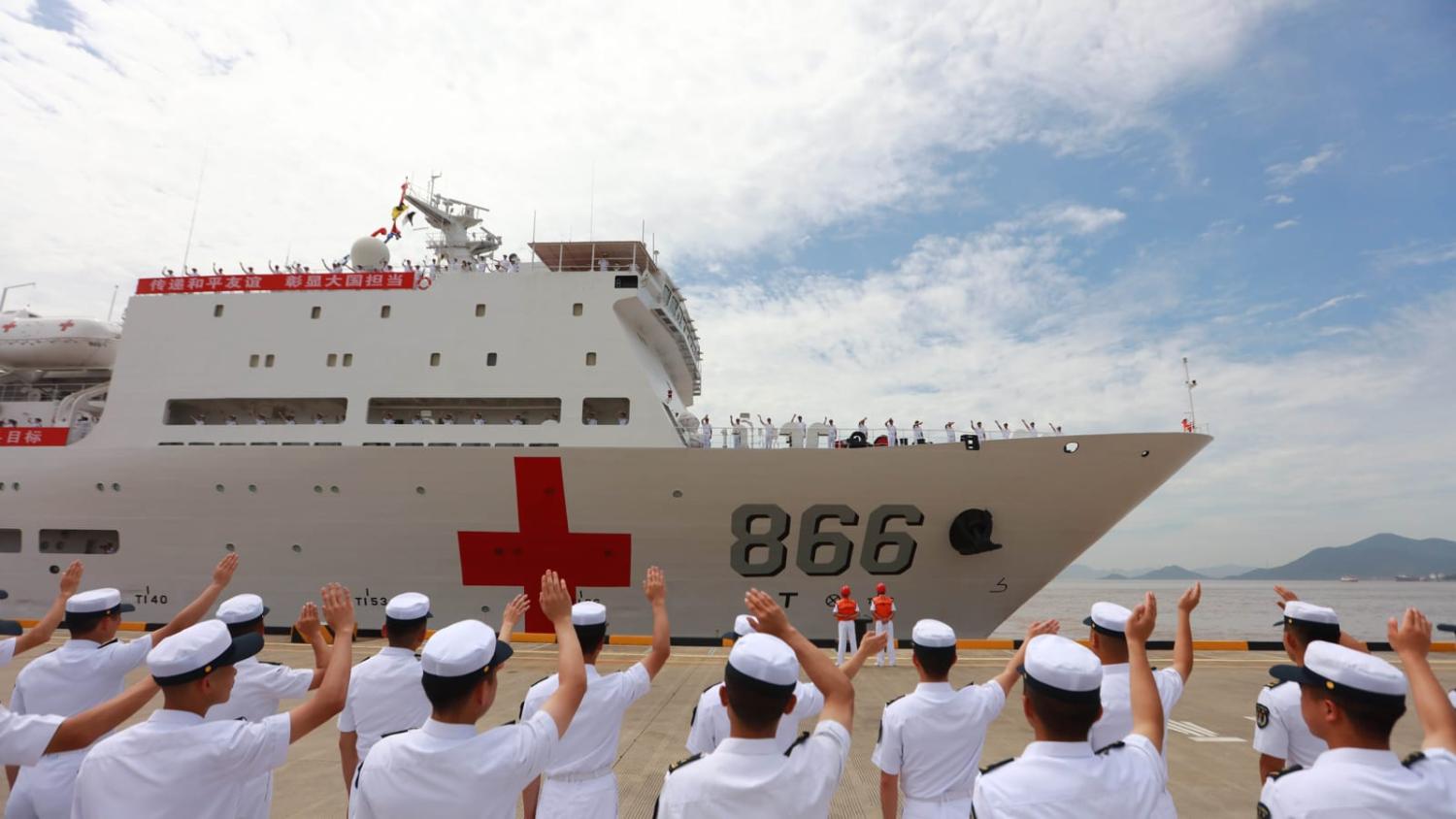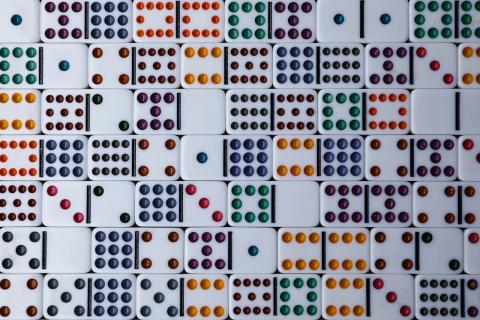China recently announced a mission to send its military hospital ship, Peace Ark, to the Pacific Islands. This is not surprising, given regional head-to-head competition between the United States and China has been growing over the past two years. What is surprising about the upcoming Peace Ark visit to Tonga, Kiribati, Solomon Islands, Vanuatu and Timor-Leste is how long it took to be decided. In March, at Solomon Islands Prime Minister Manasseh Sogavare’s request, the US Navy agreed to have its hospital ship USNS Mercy at port in Honiara during the November 2023 Pacific Games.
Both the Peace Ark and Mercy hospital ship programs add new levels of escalating tension between the United States and China – military medical mission competition. So it is important to understand what these types of missions do, don’t do, and why they are done.
And perhaps most importantly, from a global health development perspective, what long-term benefits such military medical missions provide.
According to the Chinese navy, Peace Ark’s mission is a “pragmatic initiative” aimed at shoring up China’s ties with countries in the South Pacific. The US Navy’s “Pacific Partnership”, as its hospital ship visits are dubbed, supports “regional interchangeability and disaster response capabilities, increases security and stability in the region, and fosters new and enduring friendships in the Indo-Pacific.”
Teams of military and civilian medical specialists visit pre-selected countries holding clinics for defined periods of time. Surgery is performed by orthopedic, ENT, and general surgeons, usually on board the ship. Sometimes construction or building repair is included. At the end of a port call the mission sails off to the next country.
Both China’s and the US missions report the total number of people seen in clinics, number of operations performed and building projects completed. These numbers are impressive and do reflect hard work on the part of the mission teams. But they fail to move the needle in strengthening the health system in a Pacific Island country.

Why such missions are held is clear. A large white hulled ship arriving off the coast of a Pacific Island country is big public relations. In a region with growing geopolitical tension and competition, it’s not surprising that the white hulls are plying the waters. Military medical missions keep personnel forward ready to deploy in case of disasters, unrest or war.
These visits also strive to address the low percentage of surgeons who meet knowledge and operative caseload metrics established by the American College of Surgeons. Missions that include surgery are a way to increase surgeon operative experience. There are potential ethical issues with this. The World Journal of Surgery article “Seven Sins of Humanitarian Medicine”, authored by the Uniformed Services University of the Health Science, analysed one-off enterprises such as these military medical missions. Their “sin #5” states:
Allowing politics, training, or other distracting goals to trump service, while representing the mission as “service.”
Regardless of which country provides them, military medical missions do not address the significant health system issues that people living in Pacific Island countries currently face. These problems require a much deeper long-term commitment than the Mercy or Peace Ark can achieve.
Such issues were highlighted at the Pacific Community Pacific Heads of Health meeting in April this year. Critical infrastructure vulnerability is one. A estimated 58% of Pacific Island country hospitals are highly vulnerable to damage from rising sea levels and extreme weather events such as cyclones and storm surges, collectively putting 63% of the population at risk of losing their hospital. Regional Heads of Health recently made support for adaptation and resilience to address health facility infrastructure a priority. A multinational approach toward this problem should start with a detailed vulnerability and engineering assessment of health care facilities similar to the one the Ministry of Health and Medical Services in Fiji undertook in 2021.
Another issue is the health care workforce. Low doctor to patient ratios, uneven distribution of healthcare workers and limited access to advanced medical education are challenges throughout the Pacific Islands. Both on island and off island training programs for healthcare workforce are needed to increase service capacity and skills. Fiji National University and Papua New Guinea School of Medicine and Health Sciences provide most of the medical education in the Pacific. Development programs could assist them in expanding medical education so more doctors and nurses are trained.
Then follows medical supply and medicine shortages. Medical supply chains break down due to management problems including accurate inventories, timely ordering, distribution, and payment of arrears to prevent port delays. Poor quality and counterfeit medicines also contribute to the problem. Running out of gauze or antibiotics results in delayed surgeries and inadequate infection treatment when less effective antibiotics need to be substituted. The World Bank and Australia’s aid program are addressing this on a country by country basis – but a comprehensive regional approach is needed.
Just as important is the challenge associated with the digitalisation of medical records, medical inventories and data, as well as telehealth connectivity. Such technology will facilitate sharing crucial patient information, supply chain ordering and population health data. By way of example, health statistics on diseases such as cancers are needed. Currently the Interagency for Research on Cancer GLOBOCAN estimates cancer rates in the Pacific Islands based upon modelling. With accurate data modelling estimates can be replaced by actual disease prevalence data making prevention and treatment programs more effective in how they are implemented.
Telehealth, for its part, can connect remote health facilities with tertiary care referral centres and allow doctors and nurses to consult with medical specialists in other countries. The use of hybrid connectivity linking submarine fibre broadband with bi-directional geostationary satellites can facilitate reaching remote outer islands. Asia Development Bank offers a digital health implementation guide for the Pacific.
None of these challenges will be met by the developing competition between Chinese and US military hospital ships. These missions will not sustainably change the health landscape in Pacific Island countries. Instead, such competition fosters a two-tiered system where the visiting ship is seen as good and local providers, which are chronically under resourced, are seen as inferior.
Most importantly military medical mission competition carries the risk of contributing to the destabilisation of the Pacific Islands region.


